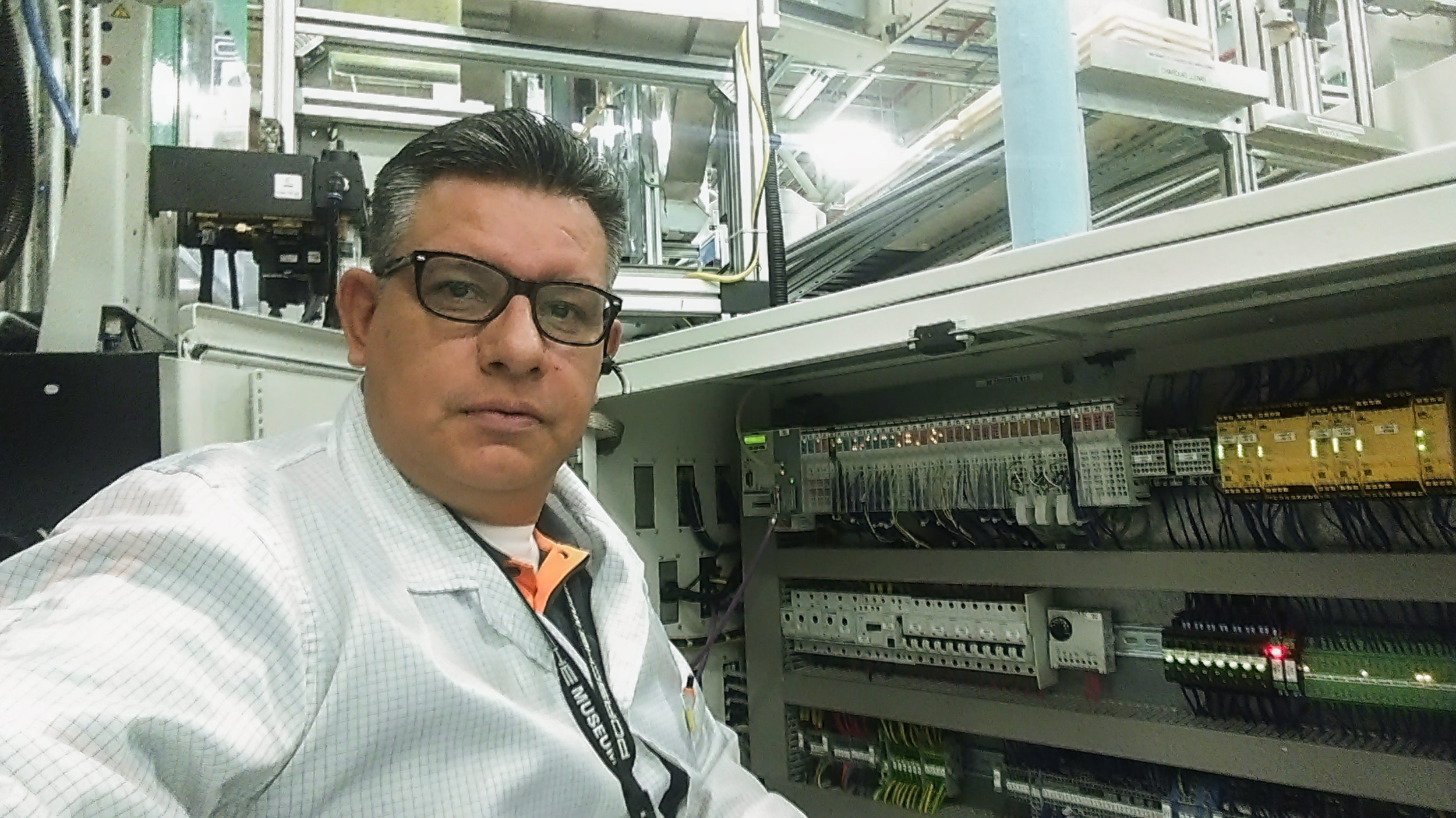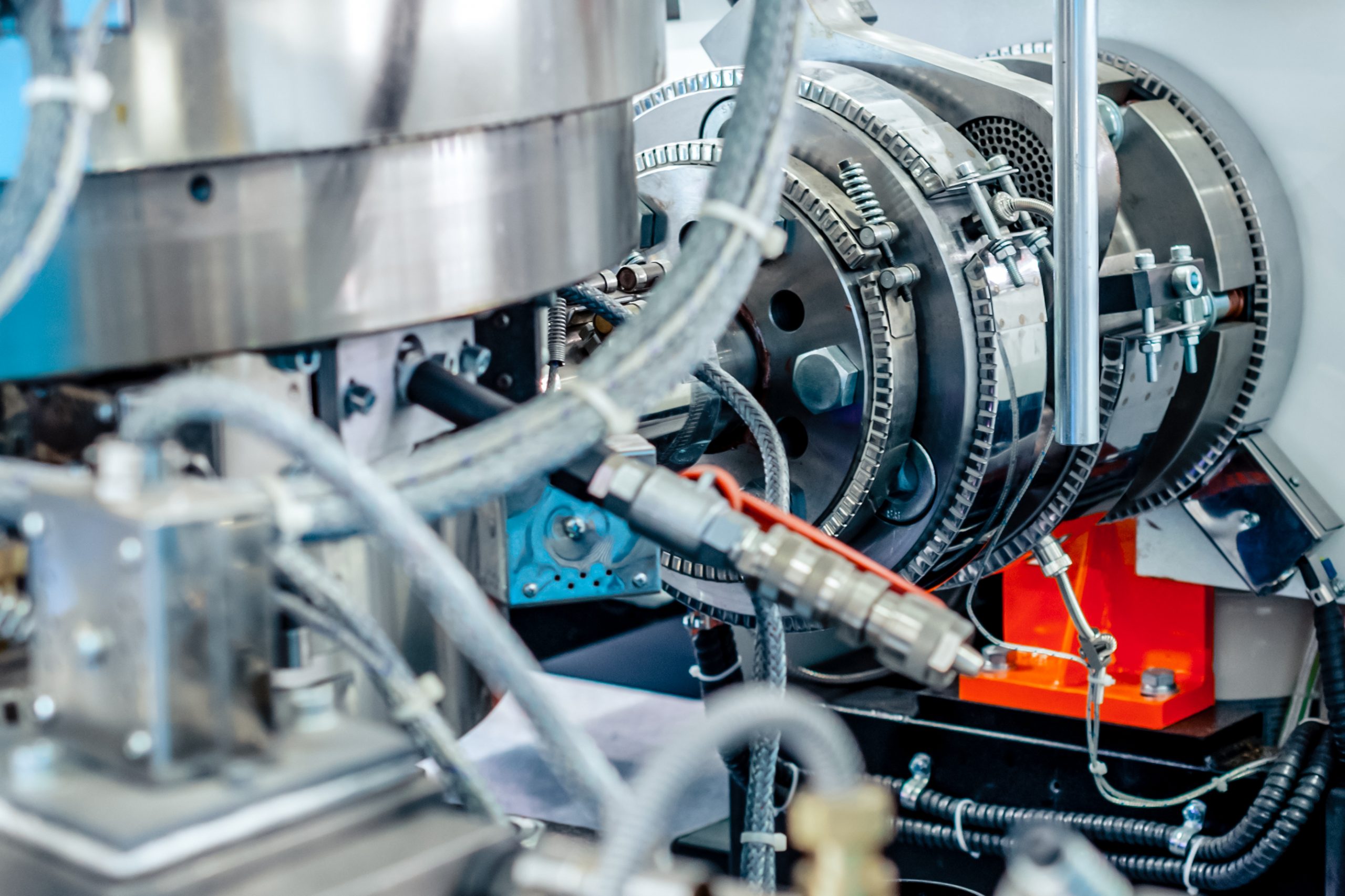Injection molding is a highly efficient manufacturing process used to produce a vast array of plastic products. However, it also comes with significant environmental impacts, including energy consumption, waste generation, and emissions. As sustainability becomes increasingly important, injection molding plants must adopt strategies to minimize their environmental footprint. Here’s how you can implement effective measures to reduce your environmental impact.
Understanding the Environmental Impact
The environmental impact of injection molding plants arises from various factors:
- Energy Consumption: Injection molding machines and auxiliary equipment require substantial energy.
- Material Waste: Excess plastic, rejected parts, and scrap contribute to waste.
- Emissions: Volatile organic compounds (VOCs) and other pollutants can be emitted during the process.
- Resource Utilization: Use of non-renewable resources, such as fossil fuels and raw plastics.
Strategies for Reducing Environmental Impact
1. Improve Energy Efficiency
Enhancing energy efficiency is one of the most effective ways to reduce the environmental impact of injection molding. Consider the following steps:
- Upgrade Equipment: Invest in energy-efficient machines and technology, such as electric injection molding machines, which are more efficient than hydraulic ones.
- Regular Maintenance: Ensure machines are well-maintained to operate at peak efficiency.
- Energy Management Systems: Implement systems to monitor and optimize energy usage across the plant.
- Insulation and Cooling: Improve insulation and optimize cooling processes to reduce energy consumption.
2. Use Sustainable Materials
Switching to sustainable materials can significantly lower the environmental footprint of injection molding.
- Recycled Plastics: Use post-consumer or post-industrial recycled plastics where possible.
- Biodegradable Materials: Incorporate biodegradable plastics for products with shorter life cycles.
- Bio-based Plastics: Utilize plastics derived from renewable resources, such as corn starch or sugarcane.
3. Optimize Production Processes
Streamlining production processes can lead to substantial reductions in waste and emissions.
- Process Optimization: Use advanced software and techniques to optimize the injection molding process, reducing cycle times and material waste.
- Lean Manufacturing: Implement lean manufacturing principles to minimize waste and maximize efficiency.
- Automation: Utilize automation to improve precision and reduce material waste.
- Process Control and Networking Systems: Know the moment a machine is down or making suspect parts to reduce waste and create more efficient processes.
- Artificial Intelligence: Get step-by-step instructions on how to fix and maximize processes to improve efficiency.
4. Implement Waste Management Practices
Effective waste management is crucial for reducing the environmental impact of injection molding.
- Recycling Programs: Establish comprehensive recycling programs for scrap plastic, packaging materials, and other waste.
- Waste Segregation: Properly segregate and handle different types of waste to facilitate recycling and disposal.
- Zero-Waste Goals: Aim for zero-waste production by continuously improving processes and finding new uses for waste materials.
5. Reduce Emissions
Minimizing emissions from injection molding plants is essential for protecting air quality and the environment.
- VOC Control: Implement measures to control and reduce VOC emissions, such as using low-VOC materials and installing proper ventilation systems.
- Emission Monitoring: Regularly monitor emissions to ensure compliance with environmental regulations and identify areas for improvement.
- Green Energy: Use renewable energy sources, such as solar or wind power, to reduce reliance on fossil fuels and lower emissions.
6. Foster a Culture of Sustainability
Creating a culture of sustainability within the organization is key to long-term success in reducing environmental impact.
- Employee Training: Educate employees on sustainable practices and the importance of reducing environmental impact.
- Sustainability Goals: Set clear sustainability goals and involve employees in achieving them.
- Continuous Improvement: Encourage continuous improvement and innovation in sustainable practices.
Conclusion
Reducing the environmental impact of injection molding plants requires a multifaceted approach, from improving energy efficiency and using sustainable materials to optimizing production processes and implementing effective waste management practices. By adopting these strategies, injection molding facilities can significantly reduce their environmental footprint, contributing to a more sustainable future. Not only does this benefit the planet, but it also enhances the company’s reputation and can lead to cost savings and increased efficiency. Sustainable injection molding is not just an option—it’s a necessity for the future of manufacturing.



